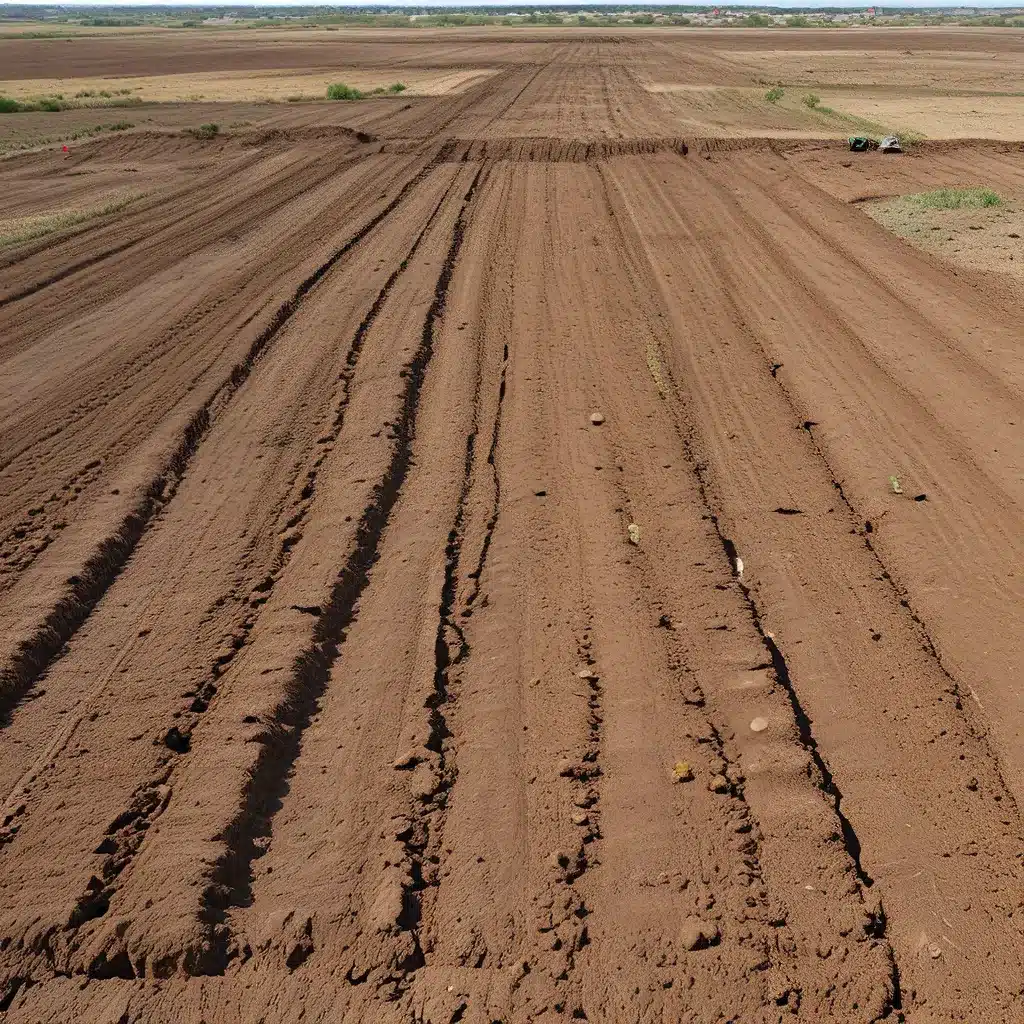
Digging Up the Dirty Truth: Restoring Polluted Plots to Pristine Perfection
As I stroll through the lush, verdant park, it’s hard to imagine this idyllic scene was once a toxic wasteland. But the sobering reality is that many of our urban landscapes are built upon the remnants of industrial past – soil saturated with heavy metals, chemical runoff, and other noxious substances. The task of reclaiming these contaminated lands can seem daunting, but I’ve seen firsthand how the dedicated efforts of environmental stewards can transform these blighted areas into vibrant, thriving communities.
From Sludge to Sanctuary: Reviving Tainted Terrains
Take the case of the Hunters Point Shipyard in San Francisco. This former naval base was once a toxic dumping ground, its soil and groundwater tainted with a sickening cocktail of pollutants. But through meticulous remediation efforts, including the removal of contaminated soil and the installation of protective barriers, this blighted landscape has been transformed into a vibrant mixed-use development, complete with parks, homes, and businesses.
It’s a remarkable feat, one that required years of painstaking work and the tireless collaboration of government agencies, environmental experts, and the local community. And the Hunters Point story is just one of many Superfund success stories across the United States, where once-polluted lands have been reclaimed and restored to their former glory.
Unearthing the Hidden Horrors: Confronting Subterranean Toxins
But soil reclamation is no easy task. Beneath the surface of many of our towns and cities lie the unseen remnants of our industrial past – abandoned mines, leaking storage tanks, and the detritus of countless manufacturing operations. And as these subterranean horrors seep into the groundwater and permeate the soil, the environmental and public health consequences can be dire.
Take the case of the Midvale Slag Superfund Site in Utah, where decades of lead and copper smelting had left the soil and groundwater contaminated with heavy metals. Or the California Gulch Superfund Site in Colorado, where mining waste had leached toxic substances into the surrounding waterways, putting the local community’s drinking supply at risk.
In both cases, the cleanup efforts were extensive and complex, requiring the removal of contaminated soil, the stabilization of riverbanks, and the implementation of protective covers. But the end result was the transformation of these once-blighted landscapes into vibrant, thriving communities – a testament to the power of perseverance and the unyielding commitment of environmental stewards.
Confronting the Complexities: Navigating the Challenges of Soil Reclamation
Of course, soil reclamation is no simple task. It’s a complex, multifaceted process that requires a meticulous understanding of the underlying issues, a strategic approach to remediation, and a steadfast dedication to the cause. And as the case studies above illustrate, the challenges can be daunting – from the sheer scale of the contamination to the delicate balance of environmental, economic, and social considerations.
But for those of us who have witnessed the magic of soil reclamation, the rewards far outweigh the obstacles. By transforming these once-blighted landscapes into vibrant, thriving communities, we’re not just restoring the health of the land – we’re also revitalizing the lives of those who call these places home.
Embracing the Uncertainty: The Ever-Evolving Art of Soil Reclamation
And the truth is, the field of soil reclamation is constantly evolving, with new technologies, techniques, and best practices emerging all the time. Regulatory guidelines are constantly being updated, and our understanding of the long-term impacts of soil contamination is constantly being refined.
So while we may not have all the answers, what we can say with certainty is that the work of soil reclamation is crucial – not just for the health of our environment, but for the well-being of our communities as well. And as the Superfund success stories continue to unfold, it’s clear that the future of soil reclamation is one of hope, resilience, and a steadfast commitment to a cleaner, greener world.
Cultivating a Sustainable Future: The Role of Soil Reclamation
At the end of the day, the work of soil reclamation is about more than just cleaning up the messes of the past. It’s about building a sustainable future – one where our cities and communities are not just beautiful, but also healthy and thriving. And as the team at Inland Waters Inc. knows all too well, this is a mission that requires a multi-faceted approach, one that combines cutting-edge technology, scientific expertise, and a deep commitment to the communities we serve.
So whether you’re a homeowner looking to revitalize a neglected plot of land, or a city planner tasked with transforming a former industrial site, the story of soil reclamation is one that’s well worth digging into. Because when we come together to confront the challenges of contaminated soil, we’re not just restoring the health of the land – we’re also cultivating a brighter, more sustainable future for us all.


